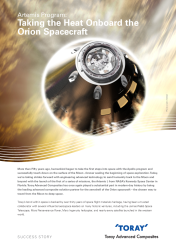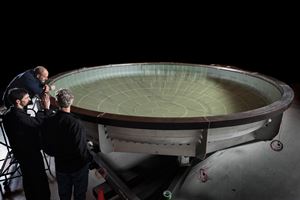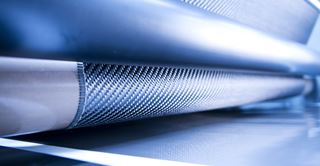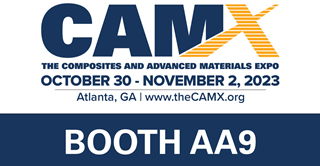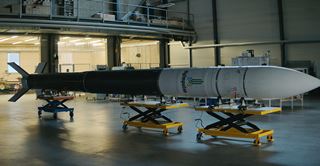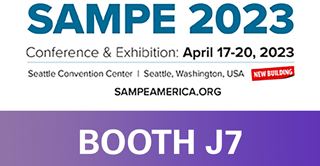Success Stories
Artemis Program: Taking the Heat Onboard the Orion Spacecraft
More than fifty years ago, humankind began to take the first steps into space with the Apollo program and successfully touch down on the surface of the Moon – forever sealing the beginning of space exploration. Today, we’re taking strides forward with engineering advanced technology to send humanity back to the Moon and beyond with the launch of the first of a series of missions, the Artemis I, from NASA’s Kennedy Space Center in Florida. Toray Advanced Composites has once again played a substantial part in modern-day history by being the leading advanced composite solution partner for the aeroshell of the Orion spacecraft – the chosen way to travel from the Moon to deep space.
Toray’s bond within space is backed by over thirty years of space flight materials heritage, having been a trusted collaborator with several influential aerospace leaders on many historic ventures, including the James Webb Space Telescope, Mars Perseverance Rover, Mars Ingenuity helicopter, and nearly every satellite launched in the western world.
Ushering in a New Era for Space Exploration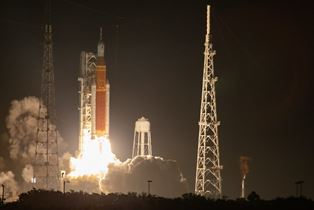
More than fifty years ago, a feat once deemed impossible we took carefully executed steps out into the stars with Project Gemini to achieve one of mankind’s greatest triumphs, to land on the Moon with Project Apollo. Today, mankind is expanding the definition of space exploration by not only returning to the Moon – but to begin setting the foundation for increasingly complex missions fated for deep space exploration with the Artemis program.
The Artemis program began to roll out with the launch of its first mission, Artemis I, in the fall of 2022 to test NASA’s deep space exploration systems, the Space Launch System (SLS) and the Orion spacecraft. Uncrewed, the Orion spacecraft has successfully launched, traveled 1.3 million miles (2.1 million kilometers) around the Earth, beyond the Moon, and back to Earth in less than a month. The primary objective for the Artemis I was to demonstrate the Orion spacecraft’s heat shield at lunar return reentry conditions, demonstrate operations for future missions, and retrieve the spacecraft. No amount of testing from the test facilities on Earth has prepared the Orion spacecraft for the ultimate test, none so more than its first mission. As a member of the Artemis Program Partners, Toray Advanced Composites can proudly confirm mission success, having proved the Orion heat shield and backshell can endure deep space travel and take on the extreme heat from reentry at high-speed lunar velocities.
Aeroshell Built on Innovative Processability
An aeroshell consists of the backshell and heat shield and is the primary barrier between the outside environment and the craft’s payload inside –whether crewed or uncrewed. It is the first line of defense that Orion will have to protect itself from micrometeoroids, radiation, extreme More than fifty years ago, a feat once deemed impossible we took carefully executed steps out into the stars with Project Gemini to achieve one of mankind’s greatest triumphs, to land on the Moon with Project Apollo. Today, mankind is expanding the definition of space exploration by not only returning to the Moon – but to begin setting the foundation for increasingly complex missions fated for deep space exploration with the Artemis program. temperatures, vibration, and more, traveling through the atmosphere twice and the vacuum of space. The aeroshell needed to be engineered with proven space-ready material to minimize whatever challenge the craft encounters.
“This major milestone [for the Artemis program] is a leap forward on the intricate path towards deep space exploration. This program is going to be celebrated for generations to come...Artemis I is just the beginning.”
Sean Johnson, Satellite Business Segment Leader, Toray Advanced Composites
The Orion spacecraft is about 1.5 times the size of the Apollo spacecraft and weighs 20,000 lbs. (9,071 kgs). For it to travel farther, faster, and endure more extremes than its predecessors, the collaborating teams of engineers had taken the legacy design of Apollo’s traditionally titanium blunt-shaped body, and optimized the structure’s weight and strength tolerance under a tight deadline with a new composite system. Racing against the clock, Toray Advanced Composites’ modulus carbon fiber/cyanate ester prepreg, TC420, was specifically formulated to displace the traditional heavy and costly titanium sheet skin over titanium honeycomb design for the Orion spacecraft’s backshell and heat shield structures.
What makes TC420 ideal is that it demonstrated a crucial upgrade from proceeding design versions with improved processability by allowing the heat shield construction in parallel with the Thermal Protection System.
At 16.5 feet (5 meters) in diameter, the largest composite heat shield of its kind for both manned and unmanned missions was produced out-of-autoclave by Lockheed Martin in Denver, Colorado. “Since the beginning of the Orion program, Toray has supported Lockheed Martin in developing a full material suite of products specifically designed for the Orion spacecraft. Based on material performance, Lockheed Martin is now leveraging their experience and versatility of these material systems for next generation deep space exploration missions and applications in addition to Orion,” commented Lloyd Nelson, Toray Advanced Composites Western Regional Sales Manager.
The next-generation composite family was engineered to utilize the project’s limited resources sensibly with an improved composite processing technology to cut process time down by 25% and reduce costs without sacrificing the ultra-high temperature performance required. By opting for the new composite material skin to support the Avcoat as opposed to traditional titanium, the capsule’s lighter structure improved the overall mass efficiency of the craft and simultaneously paved the way for future program labor-and-time processability by successfully demonstrating its large part consolidation with out-of-autoclave production technology.
Learn more about our materials for space
